Weather fax
Weather fax, also known as radiofax or HF fax, is a method of transmitting weather charts, satellite images, and other meteorological information over radio frequencies. It is commonly used by ships, aircraft, and meteorological stations to receive up-to-date weather data while at sea or in remote locations where internet access may be limited.
Weather fax transmissions typically occur on designated frequencies in the high-frequency (HF) radio band, allowing for long-distance communication. The information is encoded and transmitted as an audio signal, which is then decoded by a weather fax receiver connected to a printer or computer.
Weather fax provides essential data for weather forecasting, route planning, and maritime safety. It allows mariners to monitor weather conditions in real-time, enabling them to make informed decisions to avoid hazardous weather conditions and ensure the safety of their vessel and crew.


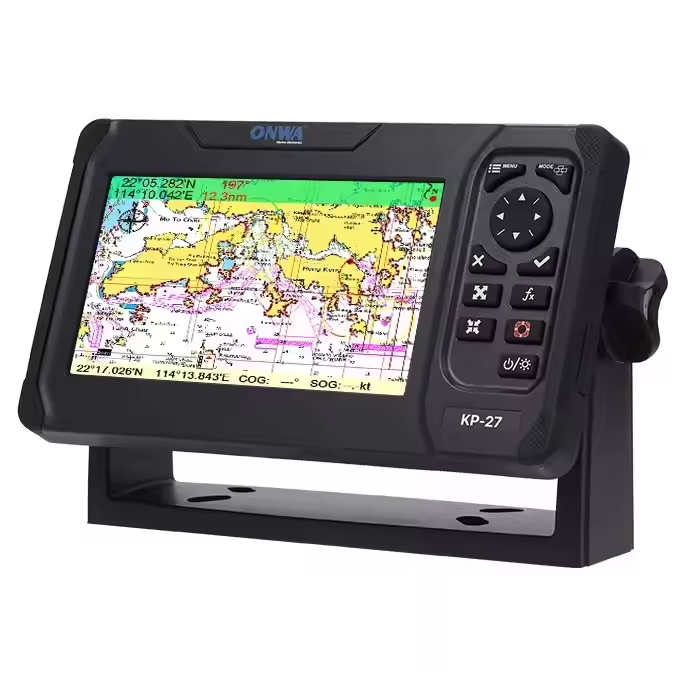
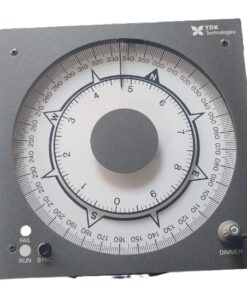
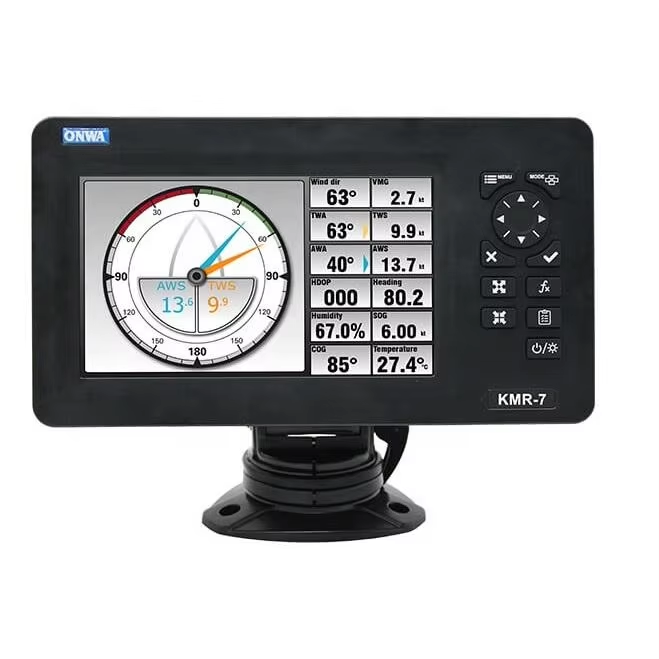
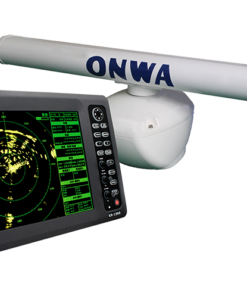
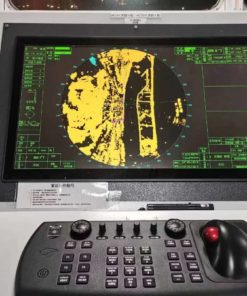
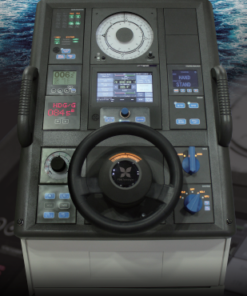
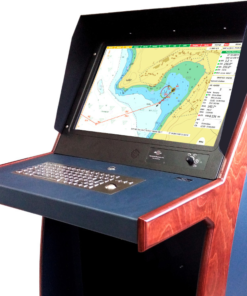
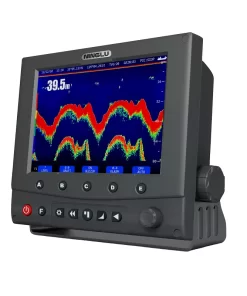
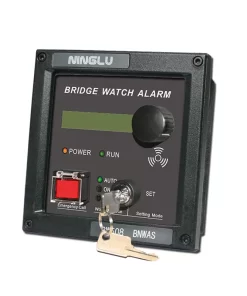
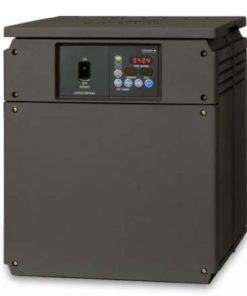
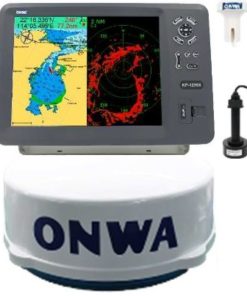
Latest Products
YDK Technologies MKN020 Gyro compass connection box
AED 3,960.0Original price was: AED 3,960.0.AED 2,850.0Current price is: AED 2,850.0.Onwa KM-8X 5-in-1 Marine Bundle Set Radome – GPS, Chartplotter, EchoSounder, AIS, Radar
8-inch GPS Chart Plotter with AIS and Radar
Onwa KM-8A (BUNDLE) 8-inch Color TFT LCD GPS Chart Plotter with Class B+ AIS Transponder MFD [BUNDLE]